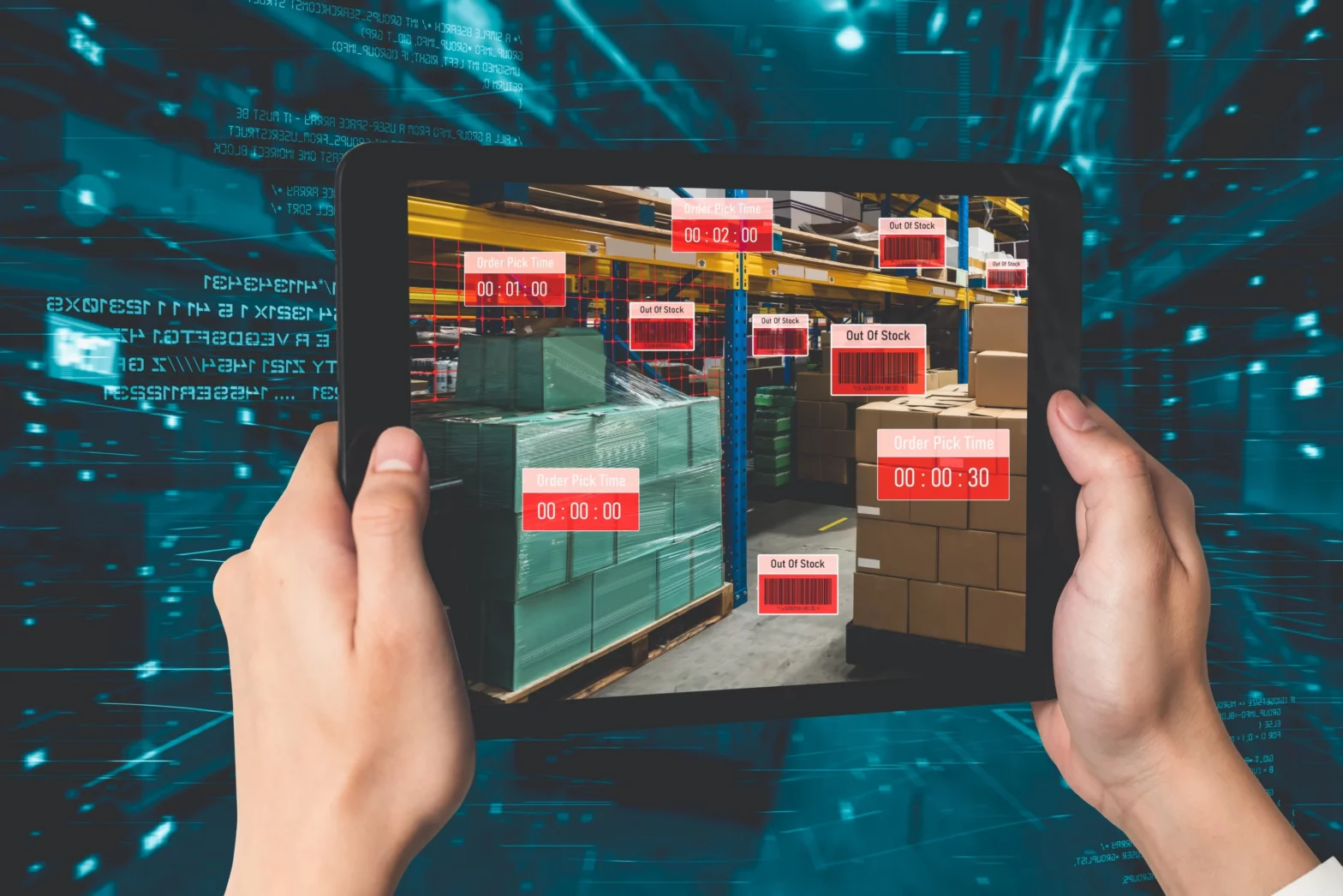Supply chains are gradually becoming digitalized. Asset and inventory management, as well as keeping track of and updating it, are requirements for every established organization. When inventories and assets are effectively managed and tracked, an organization operates efficiently. This time, digital asset and supply chain management is something to hang onto for effective, efficient, less time-consuming, and better outcomes. Technology and digital adoption have been reshaping businesses for the better.
New goods, procedures, and services are being developed as a result of enterprises going digital. However, in order to deliver these new services, businesses must share information and resources with one another in ways that weren’t previously permitted. Digitalized services, for instance, can force rivals to pool physical resources like warehouse space. Thus, In order to facilitate new kinds of alliances and agreements, businesses will need to alter the ways in which they establish and maintain connections with other participants in the supply chain.
Industry 4.0 causes disruption and forces organizations to reconsider how they plan their supply chains. A number of new technologies have arisen that are changing conventional workplace practices. Megatrends and changing client expectations are other factors. Along with the requirement to adapt, supply chains also have the chance to use newly emerging digital supply chain business models, reach the next level of operational effectiveness, and change the organization into a digital supply chain.
What is a Supply Chain?
The idea of supply chain management (SCM) has been around since the early 1980s and is now a generally accepted paradigm in many corporate areas, including manufacturing and logistics. A supply chain is what, then? It essentially consists of a network of nodes between a company and its suppliers, via which commodities and services are transferred as they move from raw materials to finished goods. These nodes could be independently controlled and operated by internal or external business departments. By reducing bottlenecks, one of the fundamental goals of supply chain management is to boost value while maintaining a high level of throughput. Organizations have the chance to minimize bottlenecks without negatively affecting value by identifying and optimizing high-value yet inefficient processes. This leads to higher bottom-line profit and ROI. A company needs efficient supply networks to stay competitive.
What Are Digital Asset Supply Chains?
The procedures that take place in a supply chain for digital assets are remarkably similar to those that take place in traditional or physical supply chains. When someone uses the phrase “digital asset,” many users mean the actual file (such as an image or video file). However, individuals who are familiar with digital asset management will recognize that digital assets include both the information required to describe the file and its context as well as the intrinsic data (for example, the frames in a video). Many businesses use Digital Asset Management (DAM) solutions to assist manage the massive amount of digital media that is produced in the modern workplace. One of the main consumers of DAM solutions is frequently the marketing department in many firms. The systems themselves have evolved relatively little in terms of their user interfaces and basic functionality over the previous decade, despite the fact that interest in DAM has grown.
BENEFITS-
These are merely the fundamental areas where digitization has shown its value, and the following solutions have improved the entire market:
1. Real-time analytics and reporting
2. Accuracy of total equipment effectiveness measurements
Tools that are first-in, first-out
4. Prediction of demand
5. Performance evaluation
6. Automatic replenishment and low-stock notifications
7. Tracking multiple locations
Conclusion
Businesses can now meet evolving customer demands, supply-side difficulties, and unmet efficiency improvement expectations thanks to the supply chain’s digitization. A speedier, more adaptable, more precise, and more granular Supply Chain 4.0 will be brought about by digitization. Digitization of assets is an inevitable trend. The old funding model is likely to be fundamentally changed if blockchain technology is integrated since blockchain technology has the ability to replace expensive and ineffective intermediaries.
Asset digitization makes it simpler to manage and exchange digital assets among various parties in a shared business network as the use of tokens and digital currencies becomes more widespread nowadays.
By providing you with a better insight into how the rapidly increasing demand for digital assets will change in the future, MSRvantage aids in your path of digitizing real-world assets in the capital markets. Asset and supply chain management will become more digital as a result, which will corroborate this and provide a clearer picture of better business operations, tracking, and analysis—and eventually, effective results.
Recent posts


Protecting Intellectual Property with Blockchain
Combating illegal commerce and safeguarding your brand's existence may be a difficult, time-consuming, and sometimes challenging undertaking in the current era of rapid globalization. The
Read more 


How Can Customer Data Help Businesses Profile and Personalise Rewards and Loyalty?
Loyalty programs have a significant effect. Therefore, the challenge is how to use a reward program to boost consumer loyalty effectively. How much of an
Read more 


Supply Chain Digitalization and Asset Management
Supply chains are gradually becoming digitalized. Asset and inventory management, as well as keeping track of and updating it, are requirements for every established organization.




